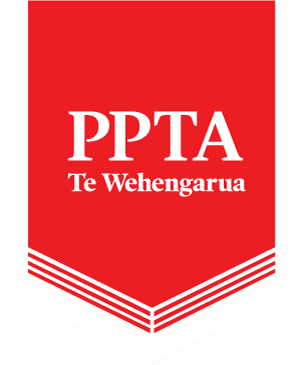Kiwi secondary school students up with the top in international assessment of creativity
Aotearoa New Zealand secondary school students’ performance is up among the top in an OECD Programme for International Student Assessment (PISA) appraisal of creativity, results released this week show.
The assessment, carried out in 2022, of 15-year-olds from 64 countries, asked students to think of original and diverse solutions for simple expressive tasks and familiar problems, such as coming up with an interesting story idea or thinking of different ways to conduct an awareness-raising campaign in school.
New Zealand students’ results were among the top seven countries in the assessment – the first time PISA has assessed students’ creative thinking competencies.
Chris Abercrombie, PPTA Te Wehengarua president, says the results highlight the creativity of rangatahi, with 2/3 of students seeing beauty in everyday things, 1/3 expressing themselves through art and Aotearoa New Zealand students reporting above average ‘openness to art and experience’. “There is no doubt that literacy and numeracy are important, but the Arts certainly has an important place in our curriculum also.
“Equipping rangatahi with these kinds of creative problem solving and lateral thinking skills is increasingly important in this day and age and Kiwi teachers should be very proud of these results,” says Chris Abercrombie, PPTA Te Wehengarua president.
“Teachers are committed to, and passionate about, helping young people to navigate confidently and competently their future beyond the school gate – a future where innovative problem solving and diverse creative thinking and critical thinking skills will be increasingly essential.”
He says the PISA results pose a challenge for the Government’s approach to education which seems to favour more standardisation and streamlining of teaching. Also, a critique of the recently released Ministerial Advisory Group on English and Mathematics* recommends that: ‘To ensure an inclusive, effective, and holistic educational approach, it is crucial to balance the potential benefits of structured teaching with the flexibility required to meet diverse student needs effectively and respect their cultural contexts’.
Chris Abercrombie said he hoped the creativity assessment represented a new direction for PISA, away from the more traditional rote-learning assessments of the past. “It would certainly encourage more New Zealand schools and students to take part.”
Last modified on Wednesday, 19 June 2024 14:21
